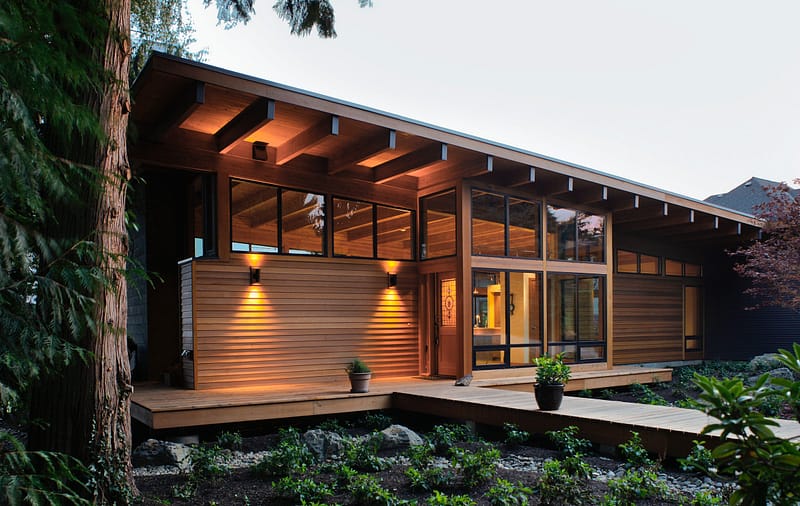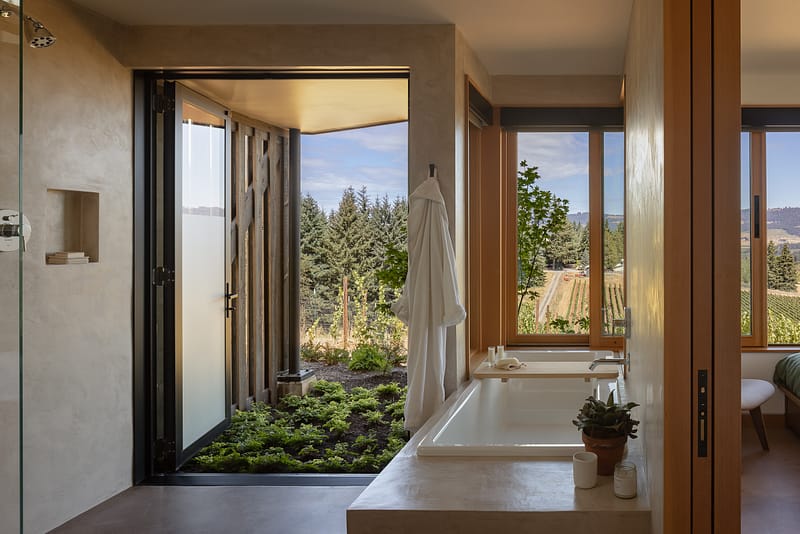We can achieve beauty and comfort with a small carbon footprint.
In the good ole days – say, during the mid-century modern period – architects and builders didn’t have to worry about energy when they created buildings. It was the atomic age, oil was cheap, and climate change was something that only happened to wooly mammoths. They could afford to sculpt their creations and let the mechanical engineers figure out how to make them comfortable. It just took energy. A lot of it.
Those days are coming to an end. We can’t continue to squander energy. And whether we in the industry like it or not, change is coming. Energy codes are becoming more progressive. Clients are expecting better energy performance. Energy prices will eventually spike. And the environmental imperative to curb greenhouse gas emissions will intensify.
So while yesterday we were mechanically engineering our buildings for comfort, today we need to shift to an “energy engineering” model. That’s what high performance building approaches like Passive House are about. Harness 21st century energy modeling and a physics-based understanding of how buildings function to optimize buildings’ energy load, radically reducing the need for mechanical heating and cooling.
But doesn’t Passive House tie the designer’s hands, forcing boring solutions?
No. In fact, given the new energy paradigm that we as an industry must operate in, the opposite is true. By enabling the designer to understand the performance impacts of her design decisions, approaches like Passive House enable the designer to achieve both beauty and comfort while grappling with energy.
Put another way, our need for comfort isn’t going away. Nor is our need to reduce the energy our buildings consume. So for beauty or “high design” to survive in architecture we need a tool like Passive House.
Happily, many of the basic tenets of high performance building naturally support beautiful design. Daylighting both reduces building energy use and shares spirit-raising natural light with building occupants. (I’m particularly appreciating this as I sit in our light-filled Bullitt Center office on a gray Seattle day.) Smaller mechanical systems and eliminated ductwork mean more interior space for the designer to sculpt. High performance windows and doors bring quality components into the building. And advances in high performance windows support the modernist’s bias toward lots of glass.
As our colleague Joe Herrin of Heliotrope Architects has said, traditionally “green” buildings are hippie ugly and high design projects are wasteful. But that doesn’t cut it anymore. The realities of the day demand that our architecture be beautiful and resourceful. And high performance building approaches like Passive House make that possible.
– Zack
P.S. Our perFORM design competition challenges students and interns to engage with the nexus between high design and high performance building. Deadline for submission is Monday, March 24, 2014.



